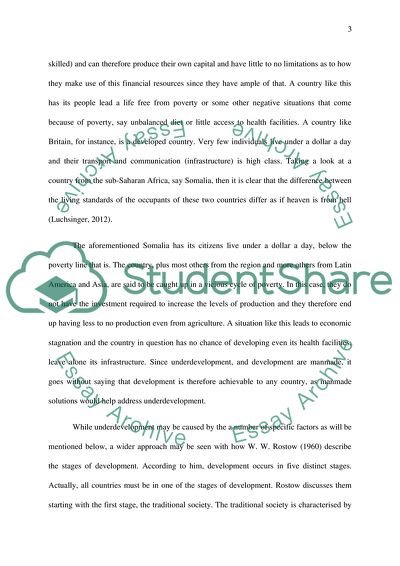Cite this document
(Addressing the Issue of Underdevelopment Among Countries Term Paper, n.d.)
Addressing the Issue of Underdevelopment Among Countries Term Paper. Retrieved from https://studentshare.org/social-science/1855089-global-issues
Addressing the Issue of Underdevelopment Among Countries Term Paper. Retrieved from https://studentshare.org/social-science/1855089-global-issues
(Addressing the Issue of Underdevelopment Among Countries Term Paper)
Addressing the Issue of Underdevelopment Among Countries Term Paper. https://studentshare.org/social-science/1855089-global-issues.
Addressing the Issue of Underdevelopment Among Countries Term Paper. https://studentshare.org/social-science/1855089-global-issues.
“Addressing the Issue of Underdevelopment Among Countries Term Paper”. https://studentshare.org/social-science/1855089-global-issues.


